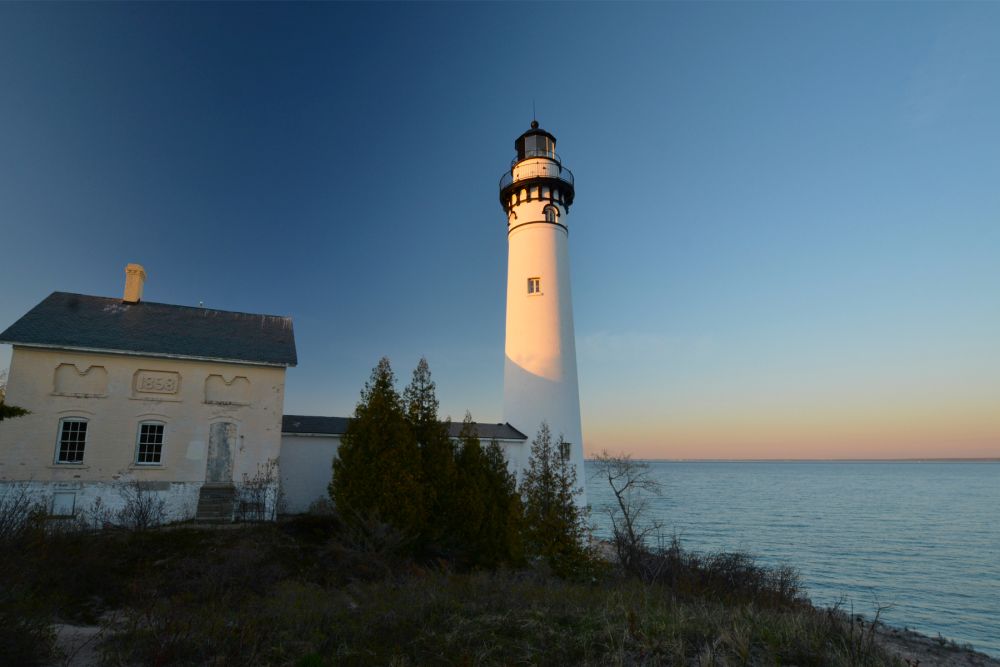

Kadmat Island, a stunning coral paradise within the Lakshadweep archipelago, has been an allure for adventurers and serenity seekers alike. The island is renowned for its rich marine life, sugary white sand beaches, and the lighthouse that marks its southern tip.
The Lakshadweep Islands remained a quiet secret for centuries, limited to the local populace and occasional seafarers. The history of tourism in this tropical haven is relatively recent, with systematic development beginning in the late 20th century. Initial travel to the islands often involved scientific expeditions or cultural explorations, as the pristine reefs and unique culture of the archipelago beckoned the curious.
The establishment of the SPORTS (Society for Promotion of Nature Tourism and Sports) in Lakshadweep marked a significant turn as it paved the way for organized tourism. By the 1980s, Kadmat Island became accessible to travelers looking to immerse themselves in its untouched natural beauty.
The lighthouse at the southern tip of Kadmat Island stands tall not just as a navigational aid but also as a point of intrigue for visitors. Constructed to guide mariners through the treacherous waters surrounding the islands, it has become a symbol of human ingenuity amidst natural grandeur.
The best time for tourists to visit the lighthouse is during post-monsoon months, from October to mid-May, when the weather is conducive for exploration and the sea's tranquility ensures a clear panoramic view from atop.
Visitors to the lighthouse are treated to breathtaking views over the Arabian Sea and the island's lush landscape. Climbing the spiral staircase to the observation platform rewards tourists with a spectacular vantage point, making it a must-do activity on the island.
Responsible and eco-friendly travel practices have emerged as the latest trend in tourism on Kadmat Island, with an emphasis on preserving the island's delicate ecosystem. Tourists are increasingly seeking authentic experiences, prompting a rise in homestays and local interactions over traditional hotel accommodations.
Adventure tourism has also seen a spike with activities like scuba diving, snorkeling, and kayaking taking the front stage. These activities allow travelers to connect with the island's underwater splendor while still upholding sustainability principles.
Lakshadweep and Kadmat Island face challenges in balancing tourism growth with environmental preservation. The introduction of strict regulations on waste management, limitations on tourist numbers, and the promotion of eco-tourism are concerted efforts towards sustainable tourism.
As tourism continues to evolve on Kadmat Island, the lighthouse remains a steadfast attraction, symbolizing a blend of history, adventure, and natural beauty that promises a unique and unforgettable travel experience.
For those inclined to visit, it is important to note that access to Lakshadweep is restricted. Travelers must obtain a permit from the Lakshadweep administration before planning their journey. When visiting, prepare to embrace the pace of island life and soak up the peaceful atmosphere, far removed from the hustle of the mainland.
Whether you are an enthusiastic diver, a lover of secluded beaches, or simply someone seeking a tranquil retreat, Kadmat Island, with its historic lighthouse, offers the perfect escape into a paradise that still stands as one of the least explored territories in India.